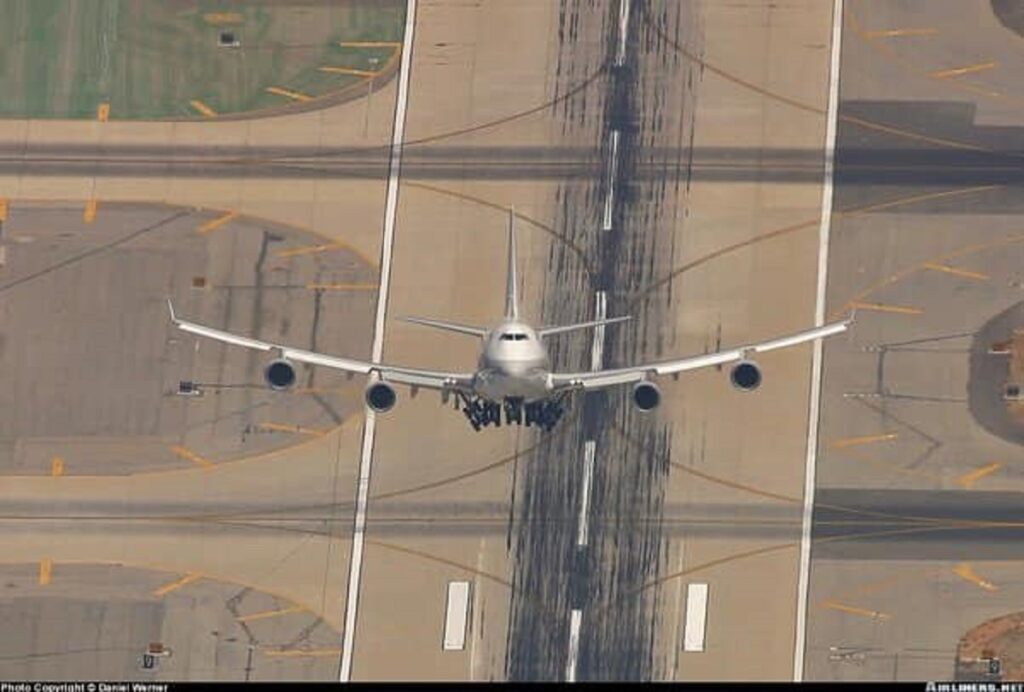
We all know that at the right speed, there would be lift on the wings and that the plane would rise up. Only thing is if the plane just continues flat like this, it will eventually lift up in the air, but would rise up parallel to the ground. It will not have the typical attitude of a nose up position while climbing. Now, we might think this is okay, but it is not.
The plane needs to quickly ascend to some altitude to avoid obstacles and other dangers of low altitude (birds, micro bursts, etc). Hence the pilot needs to rotate the plane, point the nose upwards and climb upwards at an angle.
I would like to explain how the climb is actually achieved, rather how the nose is pointed upwards. Without a force pushing the nose upwards, it will not point up. So, how is this achieved?
We have this on the tail of almost every plane:
These are the elevators and horizontal stabilizers which control the attitude (pitch up/pitch down angle of the flight nose – angle of attack in aviation terms) of the plane.
Both the horizontal stabilizer and the elevator contribute to pitch stability, but only the elevators provide pitch control. They do so by decreasing or increasing the downward force created by the stabiliser, by creating :
- An increased downward force, produced by up elevator (elevator facing upwards), forces the tail down and the nose up. At constant speed, the increased wing angle of attack causes a greater lift to be produced by the wing, accelerating the aircraft upwards. The drag and power demand also increase;
- A decreased downward force at the tail, produced by down elevator (elevator facing downwards), allows the tail to rise and the nose to sink. At constant speed, the decrease in angle of attack reduces the lift, accelerating the aircraft downwards.
Source: Elevator (aeronautics)
So, when the pilot needs to pitch up and climb, he pulls back on the control column. This changes the position of the elevators to face upwards from their horizontal position. This pitches up the nose of the aircraft, with an upwards angle of attack. Hence the plane climbs.
When the pilots need to descend, they push forward on the control column. This changes the position of the elevators to face downwards from their horizontal position, which pitches the nose downwards, with a downward angle of attack. Hence the plane descends.
Author – Abhinav Vadrevu


